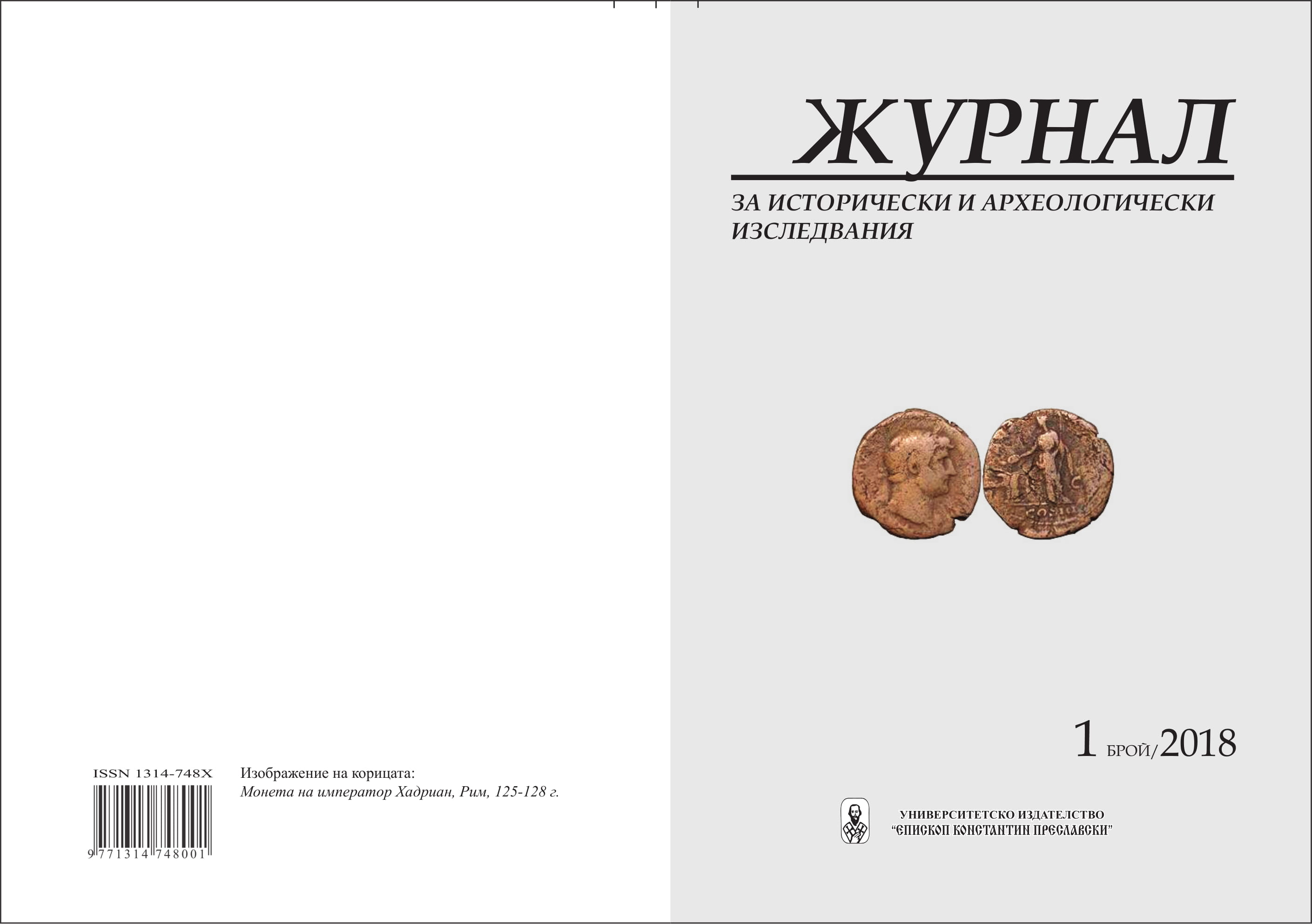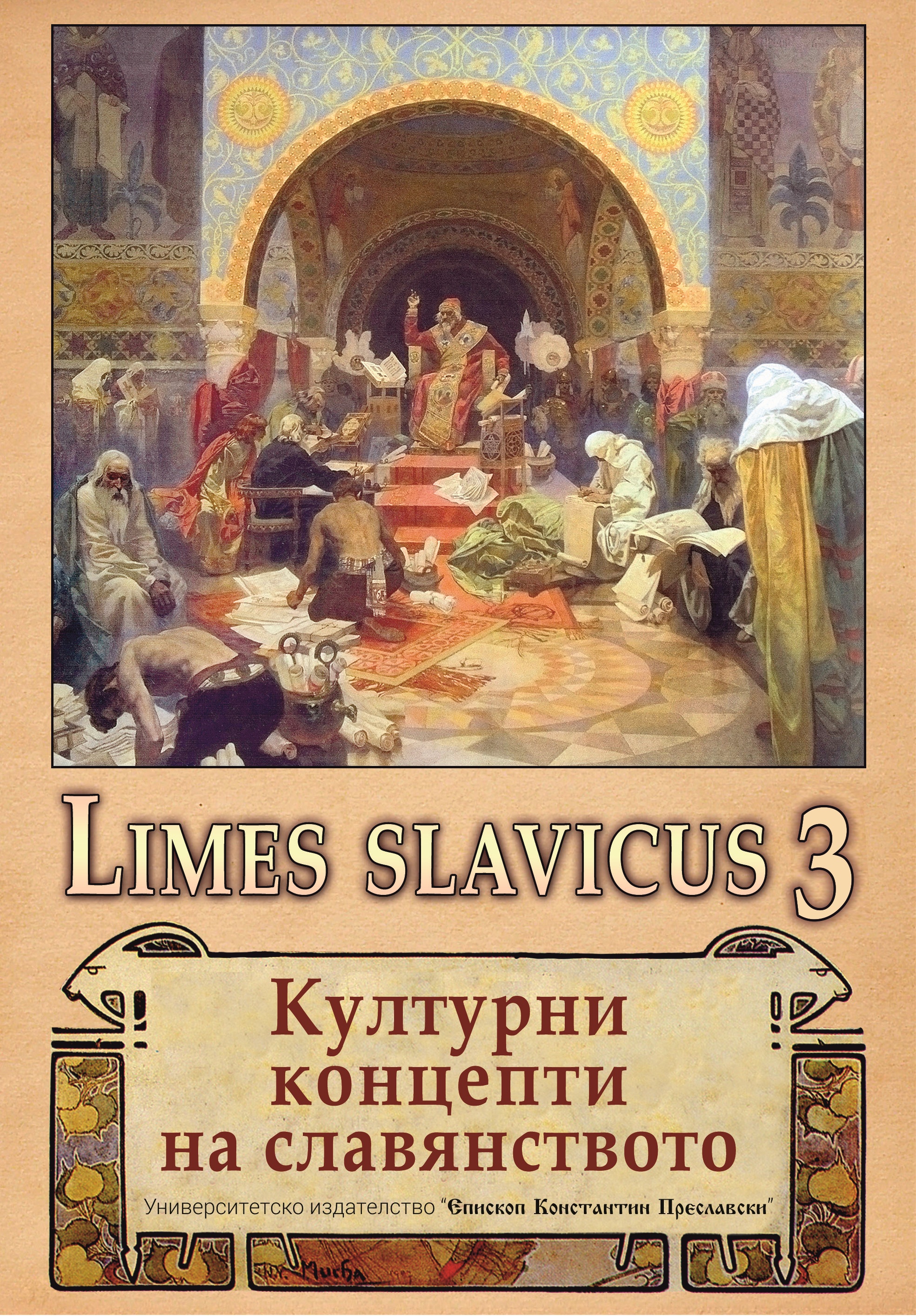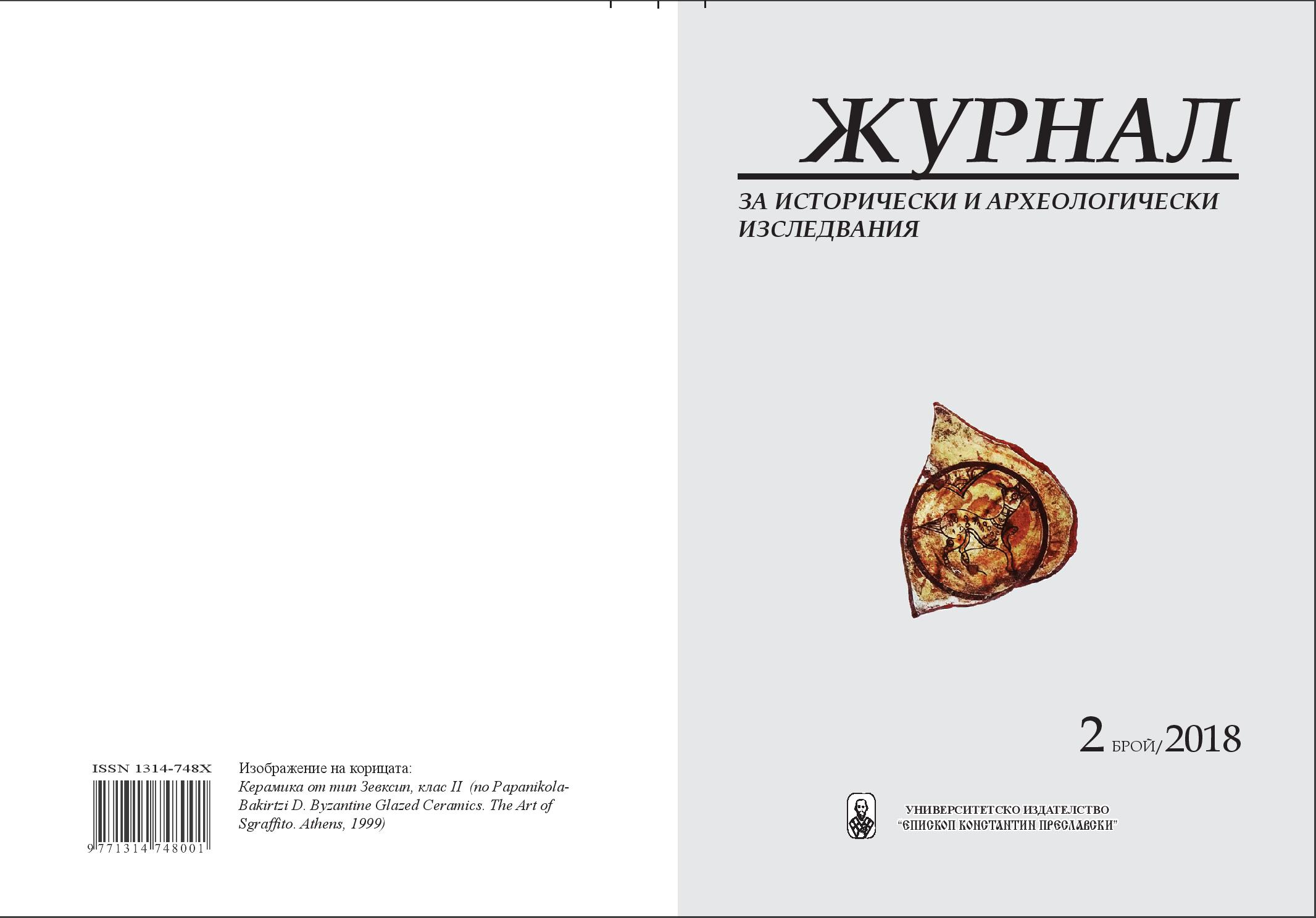Author(s): Mihail Hristov,Christo Kouzov / Language(s): Bulgarian
Issue: 2/2018
The rescue archeological survey was conducted at 7, Dragoman Street, Varna (Figure 1). Excavations were concentrated within a plot of land with a building (an architectural monument of culture from the beginning of the 20th century) and the adjacent courtyard. To clarify the archaeological situation the survey was carried out in two research squares. They were situated as follows: one in the southern part of the plot – in one of the existing building’s spaces and one in the northern part – in the yard (Figure 2).In depth, beneath the floor of the contemporary room, a mortar foundation was found on the floor of a late antique building (Figure 3). A large number of marble floor slabs and larger fragments of late antique bricks and household ceramics were found in the mortar foundation. The mortar is 8/10 cm thick, white and with rare impurities of crushed construction ceramics. The mortar had been perforated twice for trash/septic pits from a later period - the Ottoman one. The first is 1.60 m in diameter and it’s entirely located in the eastern part of the square (Figure 4). The second one is in the west part and is only partially exposed. After the depletion of the pit containing the pottery from the period 17th – 18th c., a layer of gray-brown soil was reached with the presence of charcoal and a considerable amount of fragmented late antique construction ceramics and household pottery. In depth there were single fragments of Roman ceramics.The study documented few things in the northern part of the courtyard: foundations of constructions, dated after the Liberation of Bulgaria (after the third quarter of the 19th c.); masonry channels from the early 20th century and earlier clay plumbing that is laid on a thin white mortar bed (Figure 5). The same mortar had been used to plaster the connections between the individual pipes. The water pipeline is interrupted by the passing of the later revealed masonry channels. The clay plumbing refers to the end of the Ottoman period or after the Liberation. The so-far revealed length of the pluming is 1.60 m. Completely were revealed four tubes, each 30 cm long (without the sleeves) and 20 cm wide. Under the post-Liberation constructions the existence of two septic/dirt pits from the Ottoman period, which have compromised the sector almost to the level of the sterile, were discovered. In the pits were present a considerable amount of roof and household ceramics from the period 17th – 18th c.The only sufficiently protected and undisturbed cultural layer from an earlier period were discovered in the northwest corner of the square. There was a leveling level of yellow sand and a culture layer beneath it. In it are detected two bronze coins: one from the first half of 5th century and one of Theodosius II (402 – 450). There were also found late antique ceramics dating back to the middle/second half of the 5th – 6th c. Under the cultural layer, there were traces of a destroyed structure with a light wooden construction – from beams embedded in the sterile (pure yellow sand). The roof was made of tegulae. From the filling of the trench and the holes of the beams originated Roman ceramics. This dates the archaeological environment in the 3rd century. From the cleaning of the trench originated a glazed melt, which allows the possibility of production facility’s nearby existence.The ceramic material of the study covers three chronological groups – ancient pottery, the Ottoman period and the post-Liberation one. From archaeological point of view, the first two groups – the Ancient and the Ottoman period, which is the subject of the publication – are of interest. The earliest materials are two small and uncharacteristic fragments of black-and-white tableware from the Hellenistic period. Their limited quantity can be explained, both with the small area of the studies and with the possibility that the perimeter was not intensely inhabited during this period. The ceramics from the Roman and Late Antiquity are better represented, with the amphora dominating. With one exception, most of them are from the Late Antiquity.It can be said that before the construction of the present house there were three periods of habitation within the studied area: in the 3rd c.; the second half of the 5th – 6th century and the 17th – 18th century. In the 3rd century, the occupation was probably associated with an extra muros production process. In the next period – with the expansion of the fortified city to the north – the area was built. During the Ottoman period this part was a residential area.In the southeast of the revealed structures, part of a Roman street (figure 1) was discovered and exposed in the second half of the 70’s of the 20th century. The street's direction is northeast–southwest. Later, it was partially built up and thus narrowed. Three in situ tiles were found on the street floor (Figure 6) covering the channel below them (Figure 7). In the middle of one of them is a round hole with a groove for fixing the lid. The opening is for periodic check of the channel status. On both sides of the channel are smaller street slabs of different sizes, including marble – secondary used as a spolia.A part of a wall, built on the street after its narrowing, is preserved. On the opposite side of the street, with symmetrical construction on the pavement, a massive stone block is preserved, probably used as a column base.The archaeological remains of the excavations on Dragoman Street fall on the route of the street in question. But apparently the street did not reach them because they fall outside the outline of the city from the time it was laid. Most likely, the street was built in the second quater of the 4th century, when the entire city was rebuilt and fortified. The narrowing of the streets in Odessos, with the subsequent overdevelopment of the city, occurred in the 5th century. At that time the city apparently grew as a population and as a territory, and it grew out of a fortress wall in that part. At that time the late antique buildings were built, the remains of which were discovered during archaeological excavations to the north. The latest antique fortress wall surrounding the commented area was built in the second quarter/middle of the 5th century.
More...



